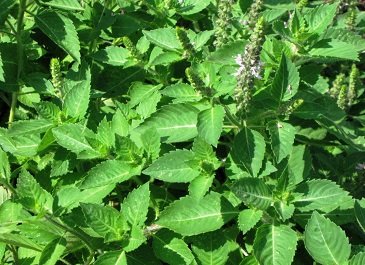Researchers decoded the Tulsi genome
September 15, 2015 | Tuesday | News | By BioSpectrum Bureau
Researchers decoded the Tulsi genome
The team included researchers from NCBS, inStem and CCAMP, all members of the Bangalore Life Sciences Cluster.
A multi-institutional team led by Dr Sowdhamini Ramanathan from NCBS, Bangalore, have produced the first draft genome of the sacred herb, Tulsi. This is an important step in understanding and identifying the genes responsible for production of metabolites with medicinal properties. The team included researchers from NCBS, inStem and CCAMP, all members of the Bangalore Life Sciences Cluster.
Tulsi (Ocimum tenuiflorum), a ubiquitous herb is used for therapeutic purposes. Known for producing many aromatic compounds, Tulsi is known as 'Queen of Herbs'. The plant synthesises a wide range of bioactive compounds, known for their anti-bacterial, anti-fungal, anti-pyretic and anti-cancer properties. These compounds are metabolites, compounds that are a by-product of plant metabolism, typically used for plant self-defence. These metabolites are very poorly understood because of lack of genomic information.
The team of Scientists performed the genome sequencing of O. tenuiflorum subtype Krishna, one of the non-model plants of great medicinal value. Comparative analysis of transciptomes of O. tenuiflorum subtype Krishna and Rama was also performed to detect potential differentially-regulated genes and their involvement in metabolite synthesis. They have identified a large set of genes involved in the production of specialized metabolites of medicinal interest such as apigenin, luteolin, rosmarinic acid pathway, eugenol, and ursolic acid.
The availability of the whole genome of O.tenuiflorum and the sequence analysis suggests that small amino acid changes at the functional sites of genes involved in metabolite synthesis pathways confer special medicinal properties to this herb.
The paper is published in the journal BMC Plant Biology.
(With inputs from NCBS news)










